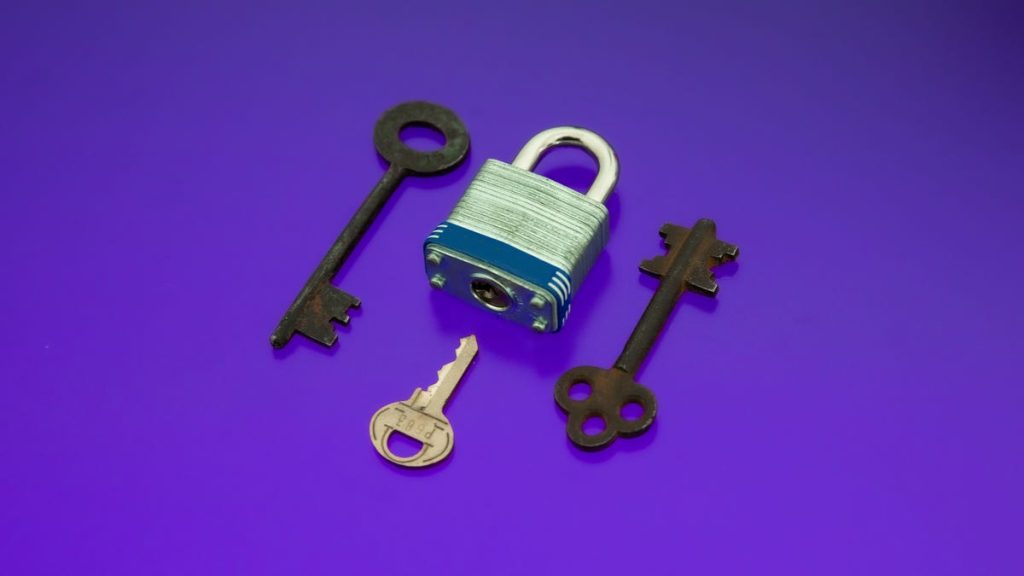How many devices are connected to your Wi-Fi network in your home? Between laptops, streaming devices, new iPhones, security cameras, and smart speakers, there could be a dozen or more devices connected to your network at any one time.
Now, think about the information on these devices – credit card numbers, bank records, login information, real-time camera feedback – and the accessibility of that information if someone accesses your Wi-Fi network. If your network is compromised, you need to make sure you’re protected from hackers.
A secure home network will help reduce the risk of hackers and others accessing your sensitive information. Not only that, but it blocks unwanted or unauthorized users and devices that slow down your connection or free the internet service you paid for.
Creating and maintaining a secure home Wi-Fi network is fairly simple. Below, you’ll find 10 tips for staying safe online. Some are more effective than others at stopping hackers and freeloaders, but all are useful in their own way.
Remember, nothing can guarantee absolute security from hackers, but these tips will make it harder for anyone to compromise your network and data. (For more Wi-Fi tips, check out How to tell if your internet provider is throttling your Wi-Fi and our Tips on how to speed up your Wi-Fi connection).
How to protect your home Wi-Fi network
Here are the basics of securing your home Wi-Fi network. Continue reading below for more information.
1. Place the router in a central location.
2. Create a strong Wi-Fi password and change it frequently.
3. Change the default router login credentials.
4. Turn on firewall and Wi-Fi encryption.
5. Create a guest network.
6. Use a VPN.
7. Keep your router and devices up to date.
8. Disable remote router access.
9. Verify connected devices.
10. Upgrade to WPA3 router.
Place the router in a central location
Strong cybersecurity starts with smart setup. If possible, place your router in the center of your home. Routers send wireless signals in all directions, so strategically placing your router in a central location will help maintain connectivity throughout your home.As a bonus, it might also help Best connection quality.
For example, if you have Internet in the apartment If your neighbors are to your left and right, placing your router next to a shared wall can give them a strong and inviting signal. Even if you’re not in your apartment, good router The signal can be sent next door or across the street. Placing the router in a central location will help reduce the distance these signals travel outside of your home.
Create a strong Wi-Fi password and change it often
this should It goes without saying, but I’m going to introduce it anyway to emphasize its importance. Creating a unique password for your Wi-Fi network is critical to maintaining a secure connection. Avoid using passwords or phrases that are easy to guess, such as someone’s name, birthday, phone number, or other common information. While simple Wi-Fi passwords are easy to remember, it’s also easy for others to guess them. (here it is How to access router settings to update Wi-Fi password.)
Be sure to change your password every six months or so, or whenever you think your online security may be compromised.
Change default router login credentials
As with password-protecting your Wi-Fi network, you’ll also want to prevent anyone from directly accessing your router settings.
To do this, go ahead and change the router’s administrator name and password. You can log into your router settings by entering your IP address in the address bar, but most routers and providers have an app that lets you access the same settings and information.
Your router login credentials are separate from your Wi-Fi network name and password. If you’re not sure what the default value is, you should be able to find it on the bottom of your router. Or if the default value was changed somewhere, Here’s how to access your router settings Update username and password.
Turn on firewall and Wi-Fi encryption
Most routers have firewalls to protect against outside hackers and Wi-Fi encryption to prevent anyone from eavesdropping on the data sent back and forth between the router and connected devices. Both are usually active by default, but you’ll want to check to make sure they’re turned on.
Now that you know how to log into your router settings, check to make sure firewall and Wi-Fi encryption are enabled. If they are closed for some reason, open them. Your network security will thank you.
Create a guest Wi-Fi network
“Can I get my Wi-Fi password?” is undoubtedly one that all presenters have heard.Before sharing access to your main home network, consider Create a separate guest network for visitors. I’m not suggesting that your guests try to do anything malicious using your main Wi-Fi connection, but their devices or anything they download while connected to your network could be infected without their knowledge. of malware or viruses.
Guest networks are also great for your IoT devices, e.g. wireless webcam, Thermostat and smart speaker – These devices may not hold a lot of sensitive information and may be more susceptible to hacking than smarter devices like computers or phones.
Use a VPN
There are several reasons to use a Good VPN, and network security is one of them. A Virtual Private Network hides your IP address and Wi-Fi activity, including browsing data.
VPNs may be more useful when connected to a public network, but they can still add a level of security and privacy to your home network. Some VPNs are better than others, but like anything, you get what you pay for. There are free VPN services available, but paying a little extra (just a few dollars per month) will provide a better service, Service is safer.
Keep your router and devices up to date
Software updates always seem to pop up when you need to be online the most. Although they can be annoying, they serve a purpose and often include security updates. When companies become aware of potential or exposed security vulnerabilities, they release updates and patches to minimize or eliminate the risk. You want to download those.
Keeping your router and connected devices up to date will help ensure you have the best protection against known malware and hacker attacks. If possible, set your router to automatically update in the administrative settings, and check regularly to make sure your router is up to date.
Disable remote router access
Remote router access allows anyone not directly connected to your Wi-Fi network to access router settings. Unless you need to access your router while you’re away (such as to check or change the configuration of your child’s connected devices), there’s no reason to enable remote access.
You can disable remote access under the router’s administrative settings. Unlike other security measures, disabling remote router access may not be the default setting.
Verify connected devices
Always check the devices connected to your network and verify that you know what they are. If anything in it looks suspicious, disconnect and change your Wi-Fi password. After you change your password, you must reconnect any previously connected devices, but any users or devices that don’t have permission to use your network will get booted.
Some devices, especially obscure IoT devices, may have strange default names containing random numbers and letters that you don’t immediately recognize. If you encounter a similar situation while checking connected devices, disconnect them.Later, when you can’t start your life robot vacuum cleaner From your phone, you’ll know that’s the way it is.
Upgrade to WPA3 Router
WPA3 is the latest router security protocol. All new routers should come with WPA3, so you don’t have to worry if you buy a new router. However, many people rent routers directly from providers, which may not include the latest equipment.
If your router was manufactured before 2018, you may have a WPA2 device, which lacks the same security protocols as newer WPA3 devices. A quick search for your device model should tell you when the device was released and any specific features, such as whether it has WPA2 or WPA3. If you have a router that supports WPA2, Call your provider and negotiate Get a better, newer router.
Network security is not guaranteed
Likewise, even with the latest and most effective methods of protecting your home network, security can never be 100% certain. As long as there has been the internet, hackers and cybercriminals have found ways to exploit it. But with the tips above, you can better secure your network and prevent anyone from trying to use your connection or access your data.
For more information, check out How to find free Wi-Fi anywhere in the world and Ideal location for router.


